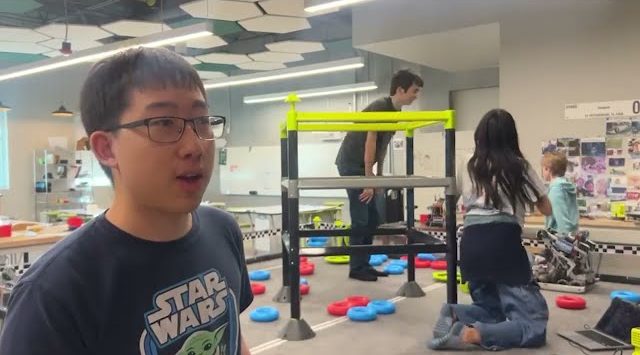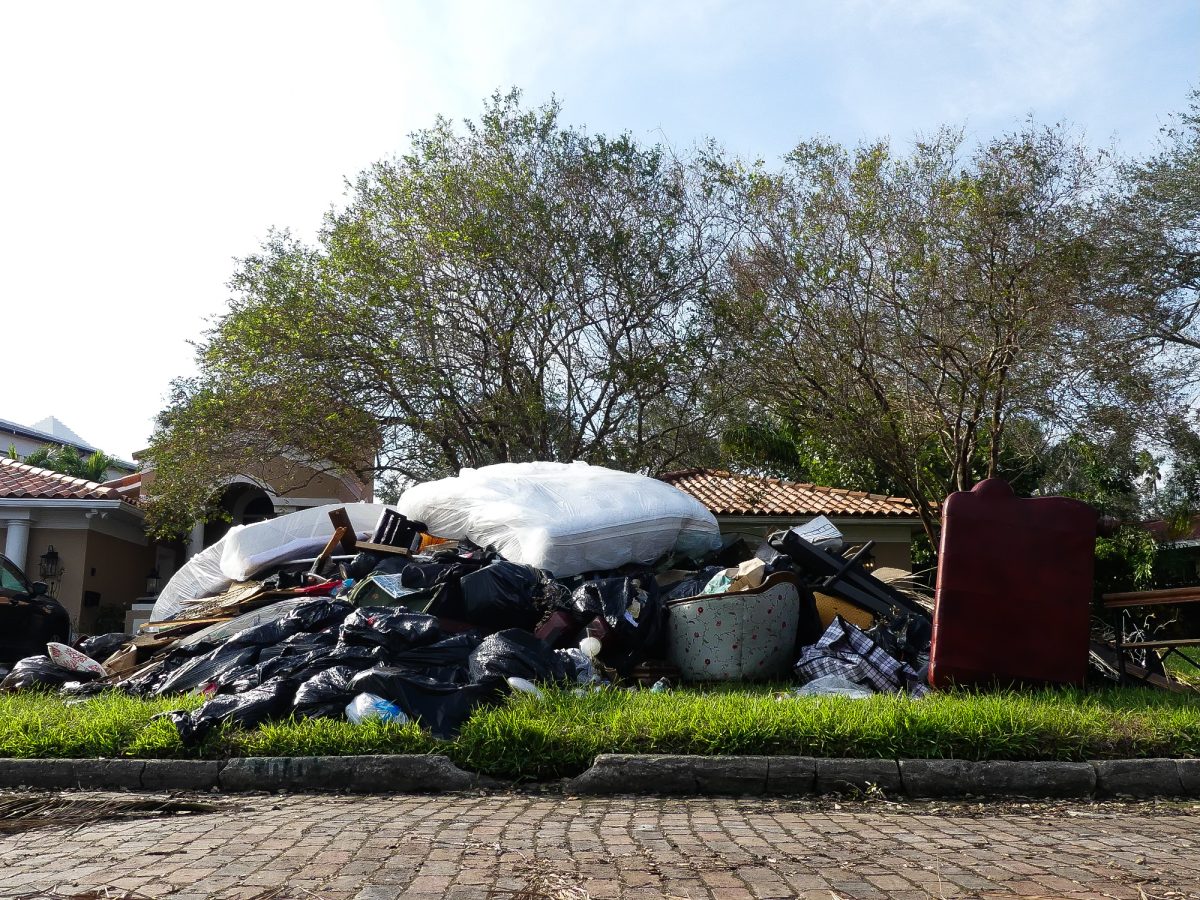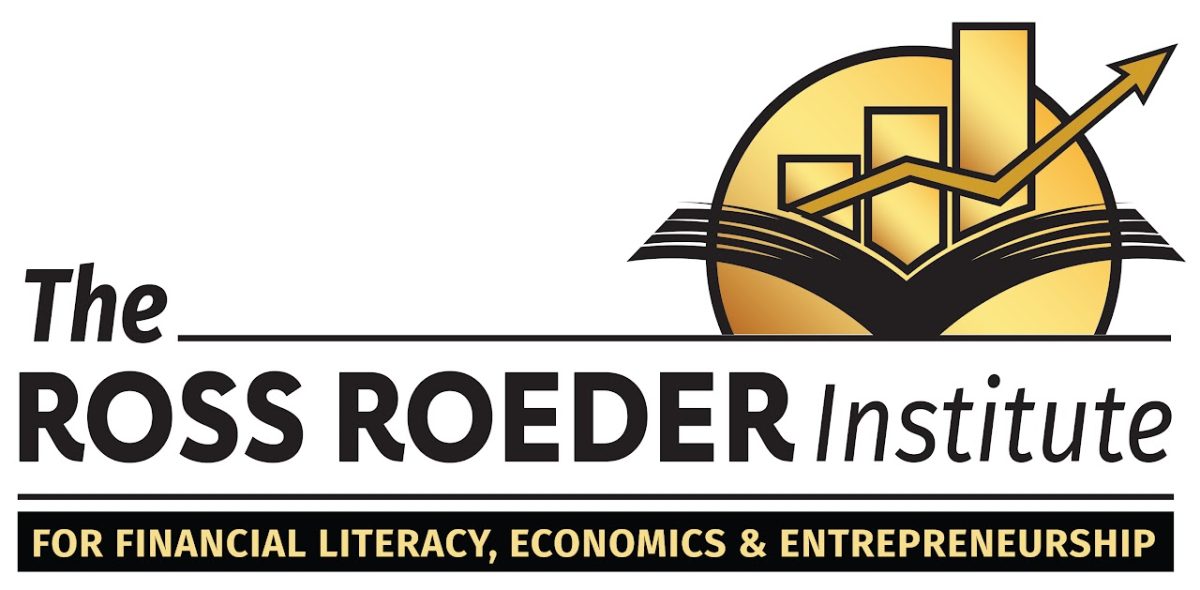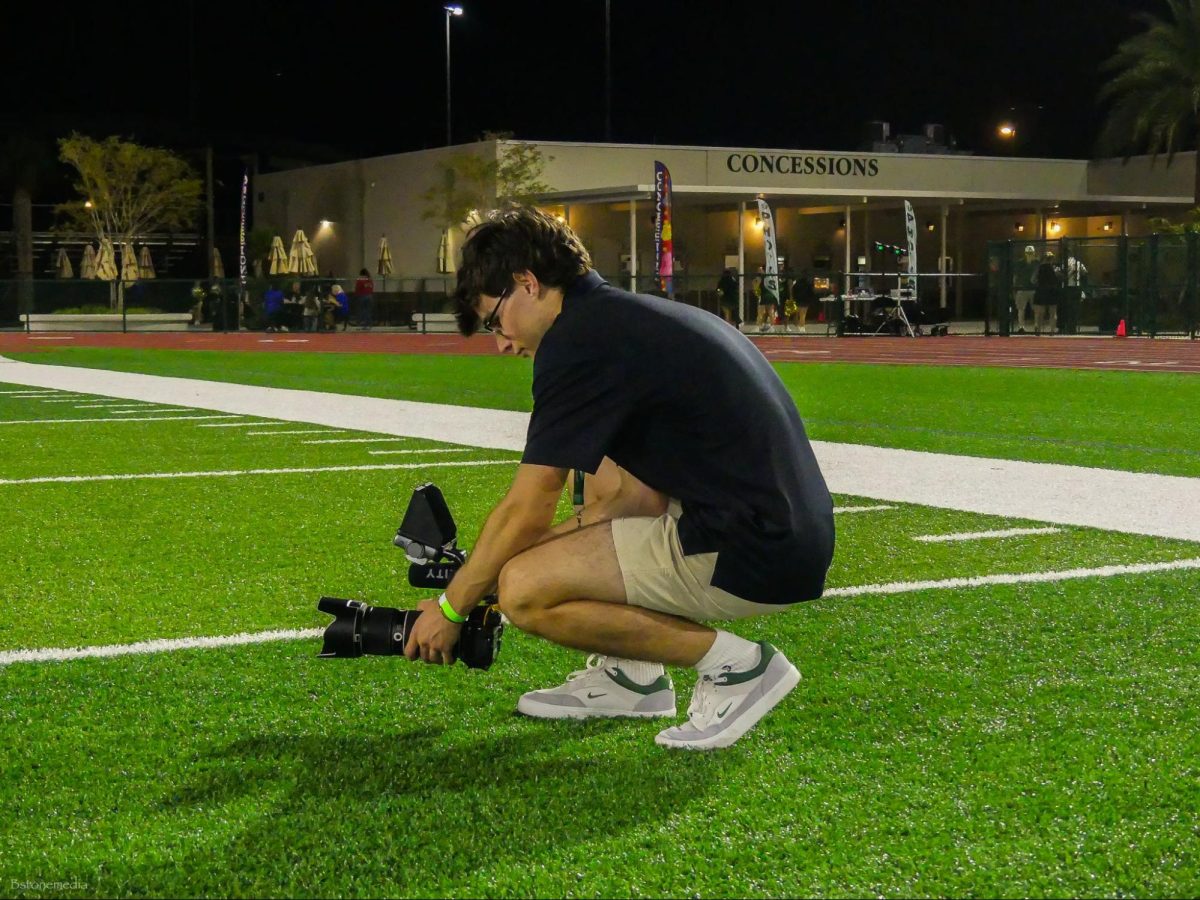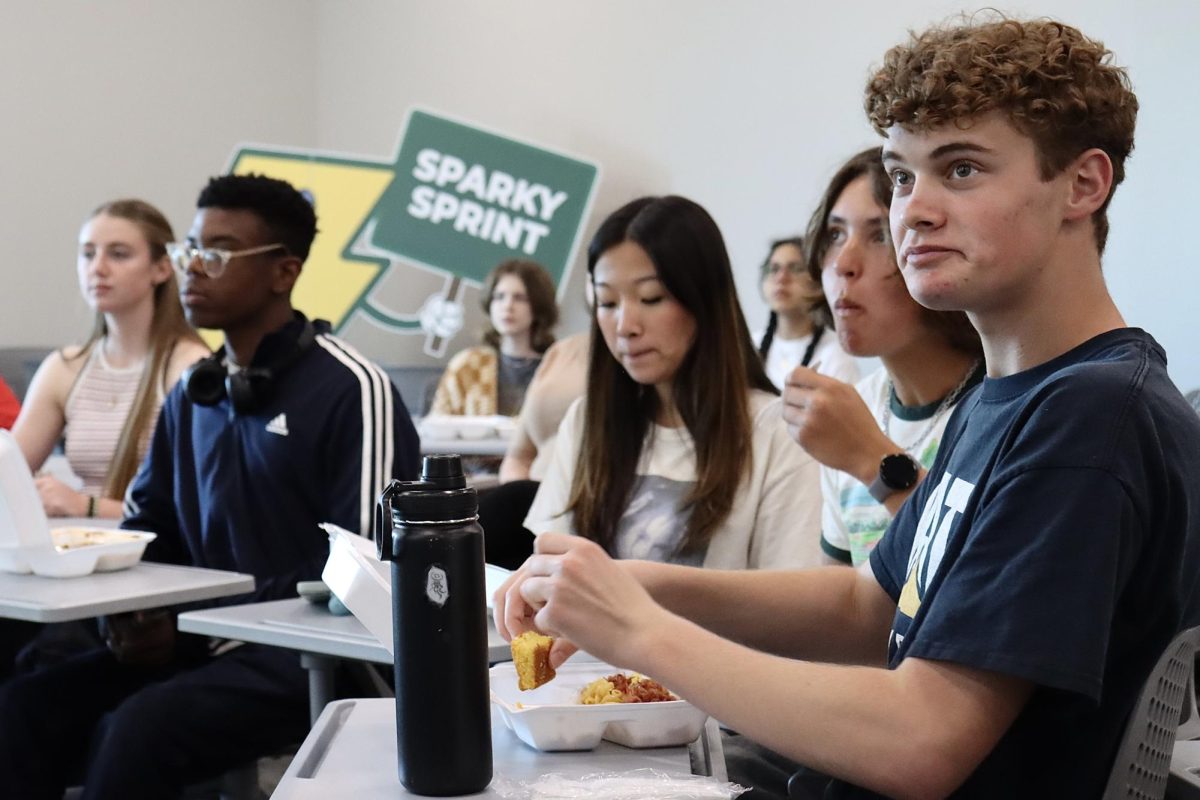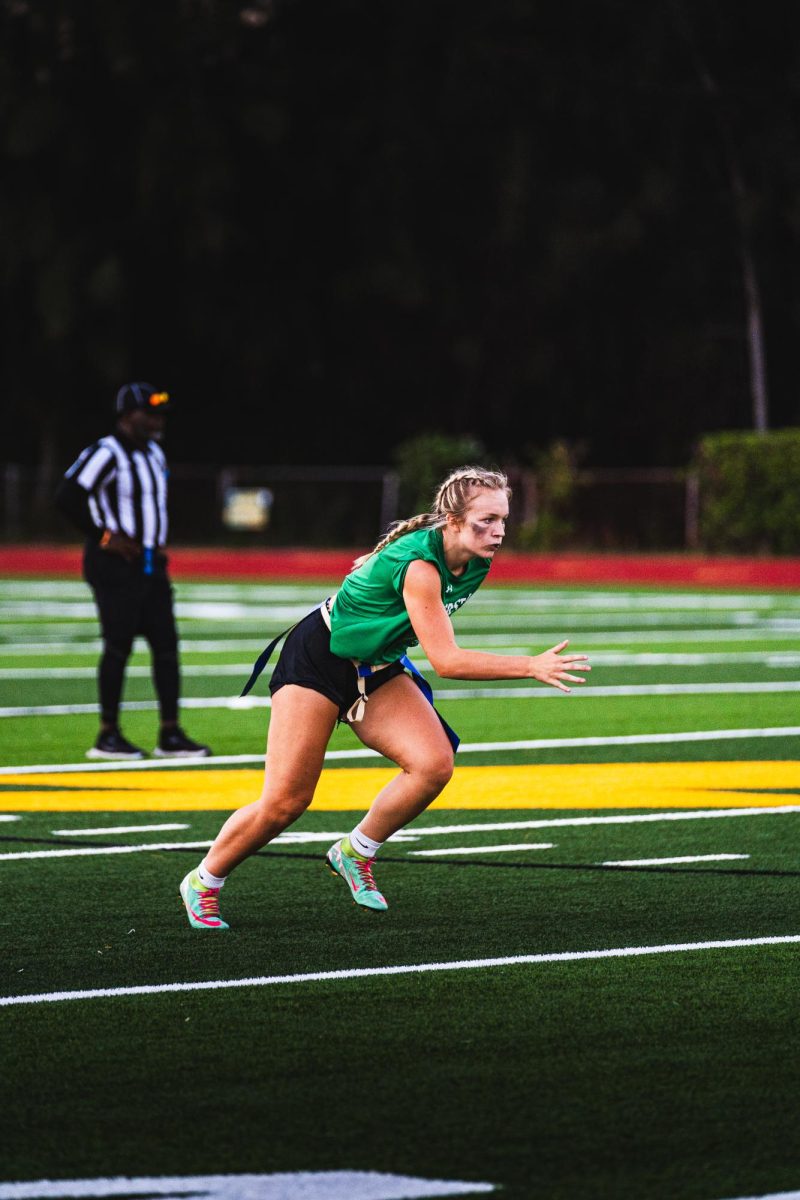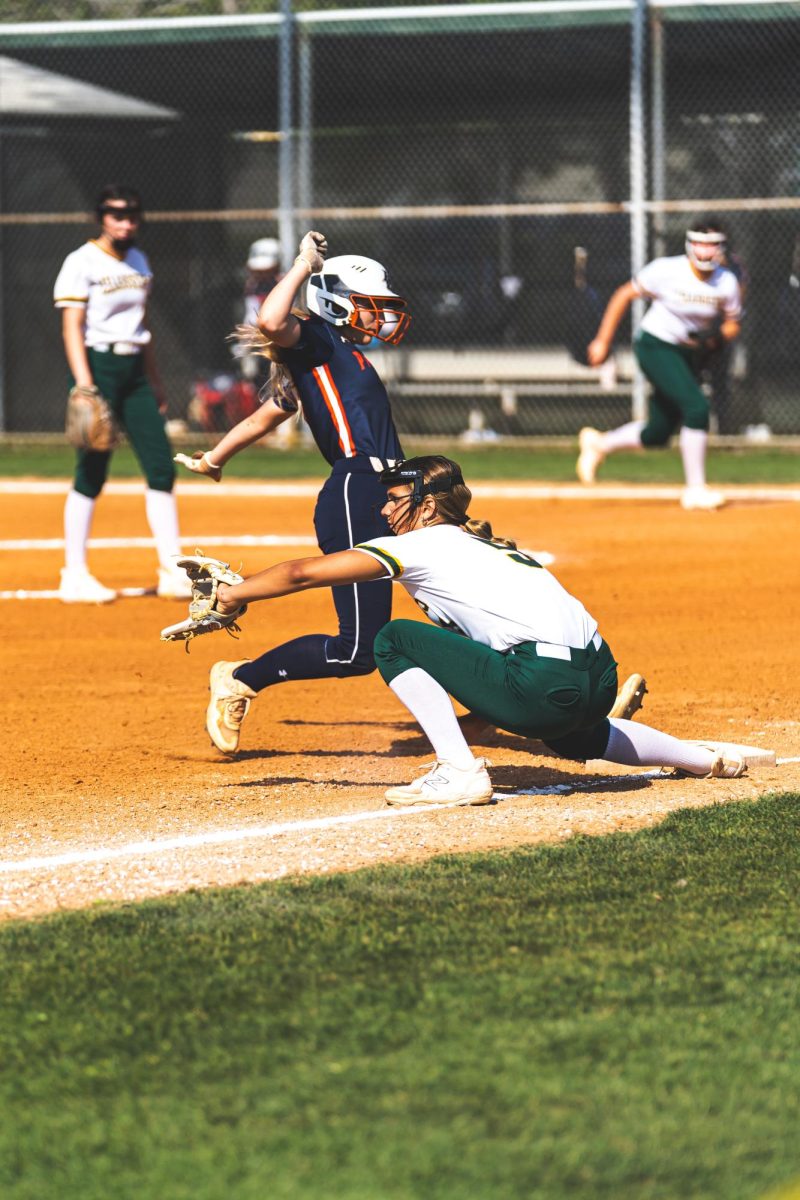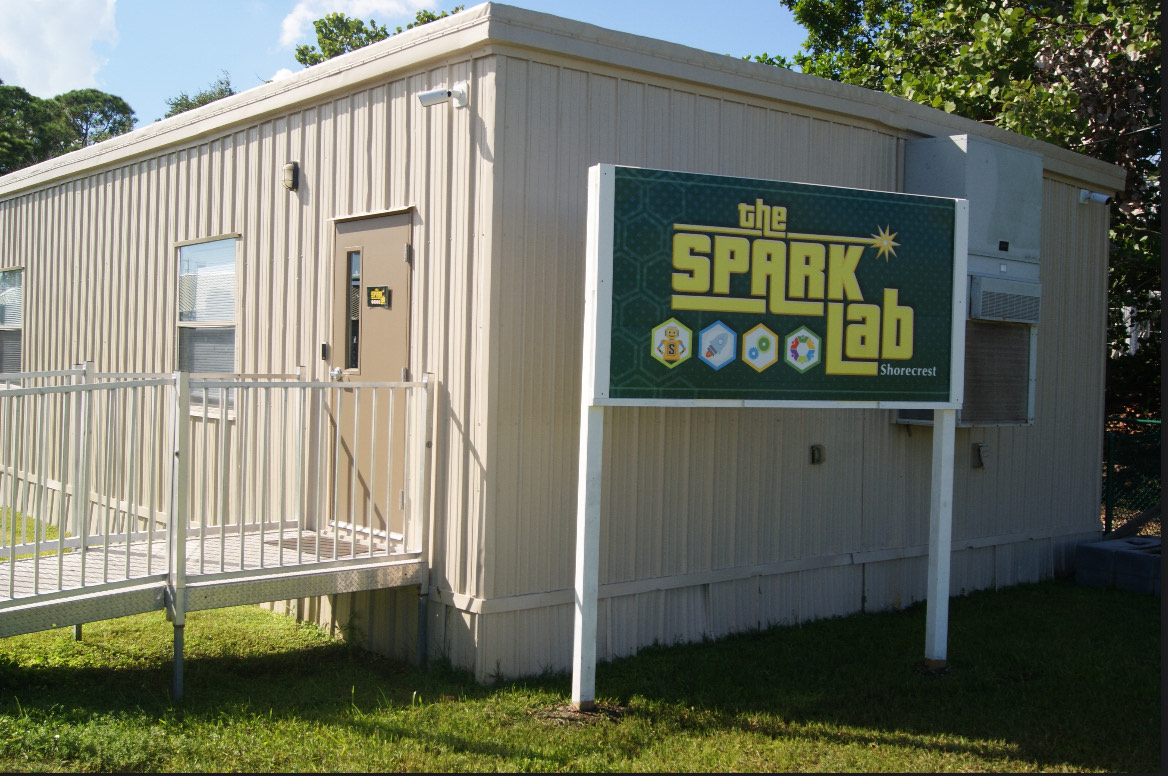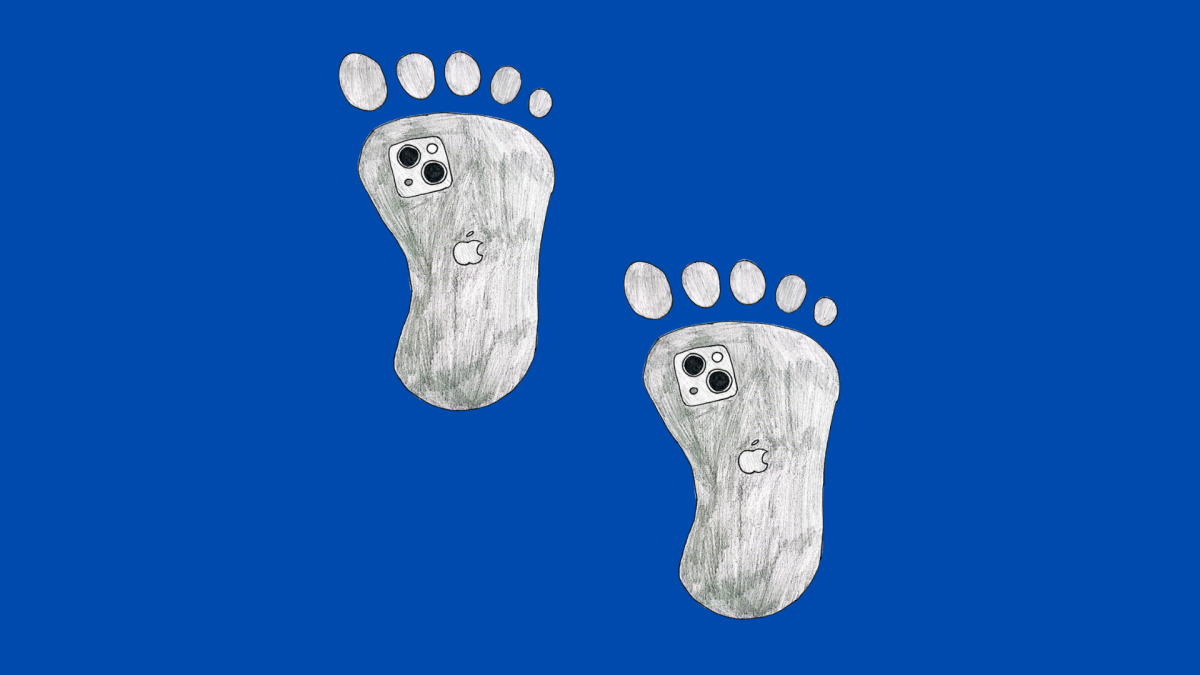Harvard, Princeton, Yale. MIT, CalTech, Stanford. These are just a few examples of extremely selective colleges with acceptance rates under five percent that any senior could only dream about. First, they’d have to take 20 AP classes, play eight different varsity sports since 6th grade and find a cure for cancer.
“I think Ivy Leagues and top 20 [schools] are extremely competitive because everyone applies to them, even if they don’t have a good chance at getting in. This, in turn, lowers the acceptance rate a ton,” junior Elli Beatty said.
But before current seniors remove their dream schools from their college lists, there could be hope this admissions season. Updated policies and trends allude to a different, more forgiving admissions cycle this year.
These factors come from a mix of new international student regulations, updated standardized testing policies and, to put it plainly, less baby-making — all of which could end up impacting acceptance rates from highly competitive universities.
Over the last six months, the Trump Administration has implemented strict policies on international student visas, leading to many delays and revocations. According to BBC, more than 6,000 student visas have already been revoked this year. In May, officials announced even firmer restrictions and increased inspections.
“This fall, [colleges] may have had situations where they were anticipating students that had committed to enroll, but…could not secure the documents and their visas in time to start the fall semester,” Director of College Counseling Myra Simpson said.
As a result, universities with a large international student body are now facing unexpected enrollment gaps. These vacant spots could potentially lead to more opportunities for American students.
However, Simpson emphasized, “Nothing is definitive, and this year’s admissions cycle is really gonna depend on some things that have not been resolved…Things that are impacting higher [early decision] now could be different six months from now.”
The next factor is SATs. According to OnToCollege, more than 1,800 colleges chose to adopt a test-optional policy in response to the COVID-19 pandemic in early 2020. But now, almost six years later, selective colleges like Harvard, Johns Hopkins and Stanford have reinstated test mandatory policies.
“[I think] reinstating these requirements will lead to a more accurate average SAT score report of admitted freshman classes, as everyone will have to submit regardless of how poorly they did on the test,” senior Hayden Hawkins said. Also, according to Forbes, reinstating the SAT helps predict students’ first-year college grades and distinguish between applicants.
“Testing is something that’s standardized across [the country], so it’s something that every applicant can take,” Simpson said.
Now, schools that require testing are anticipating a decrease in the number of applicants they add pieces of data that are dependable.. According to the Ivy Scholars Blog. 75 percent of students applying to Stanford last year didn’t submit their test scores.
“I think [new SAT policies] will make a huge impact because there will be less people applying as a joke, giving people who are seriously applying a better shot at getting in,” Beatty said.
At highly selective schools, the predicted decrease in applicants could translate into slightly higher odds, even if the difference isn’t drastic.
But, for clarification, “[Acceptances are] not random. When college admissions officers are reviewing applicants, one of the misconceptions is they will only admit a certain number from a high school [and that] there’s a certain cutoff,” Simpson said. As she puts it, these are humans reading your applications, not robots.
However, one of the biggest reasons there will be fewer applicants applying to top schools is because, well, there are fewer applicants in general. That’s right. Thank parents for postponing any extra fertility plans until after 2008.
The Pew Research Center shows that in 2006 and 2007, something was definitely in the air because the U.S. experienced a dramatic increase in births.
“Last year’s graduating class was the largest graduating class in history. Many colleges and universities did experience record application numbers…in terms of increases in their applications,” Simpson said.
However, in 2008, the birth rate suddenly dropped due to what was known as the Great Recession, a global economic depression that scared people into not making any more expensive humans.
Now, 18 years later, these babies have reached college age — which means fewer seniors amount to fewer college applicants. This is known as the enrollment cliff that the National Association of Foreign Student Advisers (NAFSA) describes as “a projected 15 percent decline in U.S. college students expected between 2025 and 2029.”
Still, in terms of extremely selective colleges, the difference might not be seriously notable. Small liberal arts colleges and big regional public universities are predicted to feel the enrollment burn the most, potentially translating to higher acceptance rates. So, if students have these kinds of schools on their rosters, they might have an advantage.
“I put in a lot of work, and I feel confident that somehow…somewhere I’ll be happy,” senior Jimmy Schmidt said. And that’s the point. These admission shifts aren’t going to change anything drastically, and no one is guaranteed a full ride to Harvard, but that doesn’t mean it’s not important to know and that you shouldn’t try.
These changes won’t completely transform admissions right away, but they could affect how the process works in the future. Amid all of the changes, Hawkins had a different reminder for seniors.
“…Don’t forget to have fun, too,” Hawkins said. “Hang out with your friends, try new things, enjoy your last year of high school. Make senior year the year you’ll never forget.”

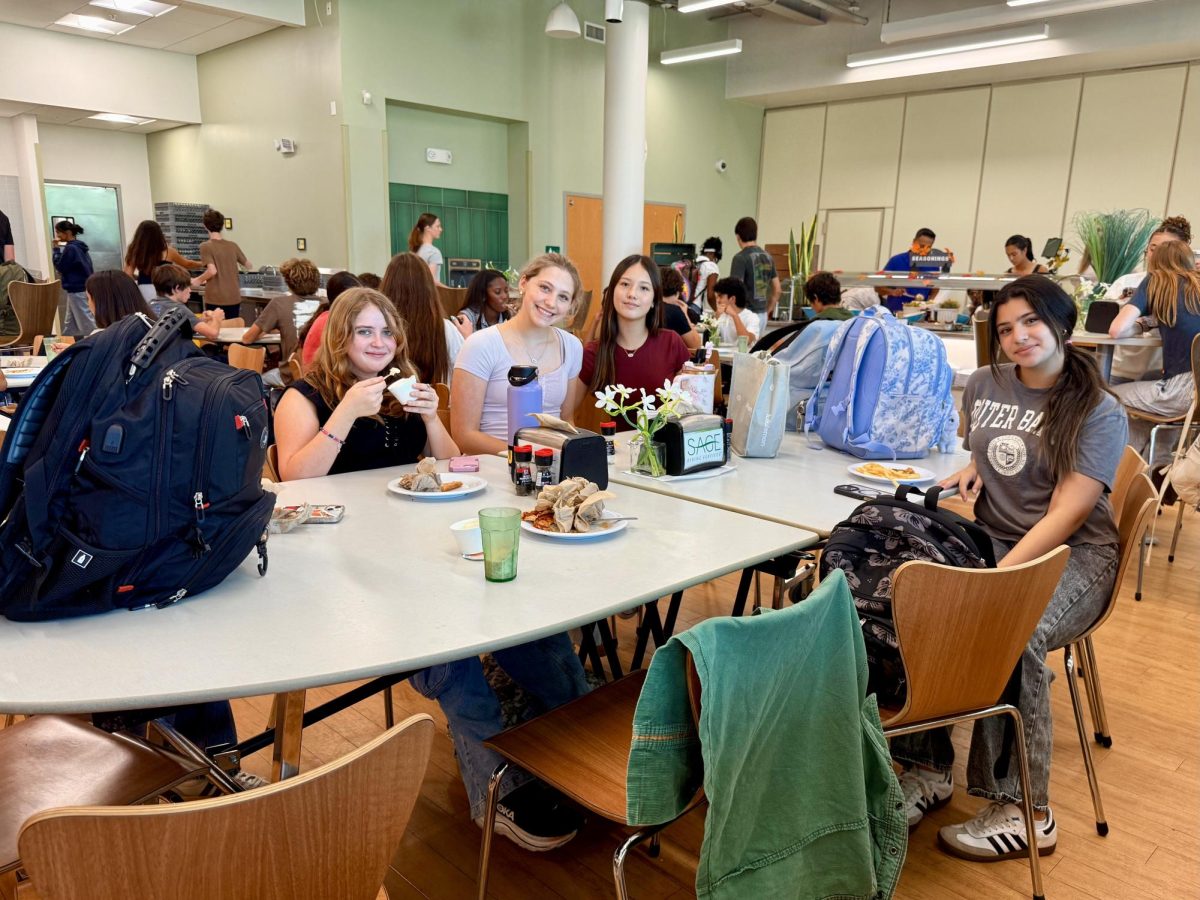

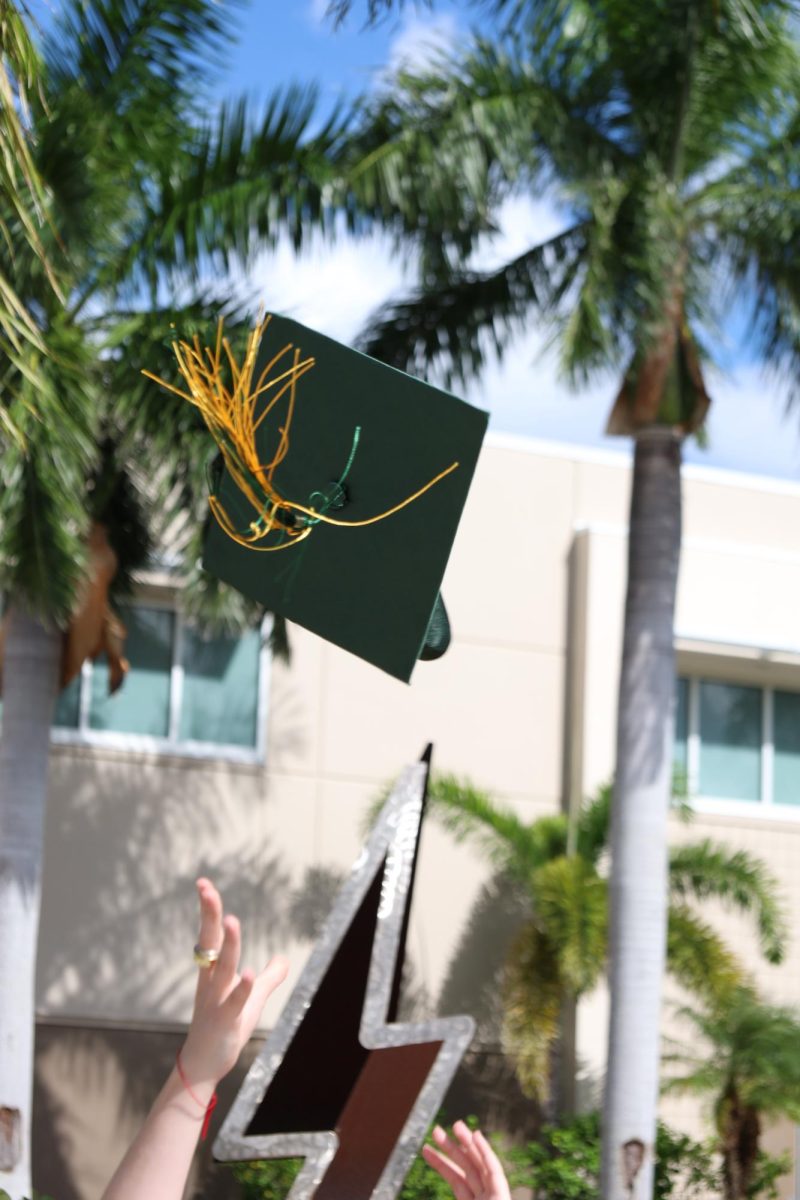
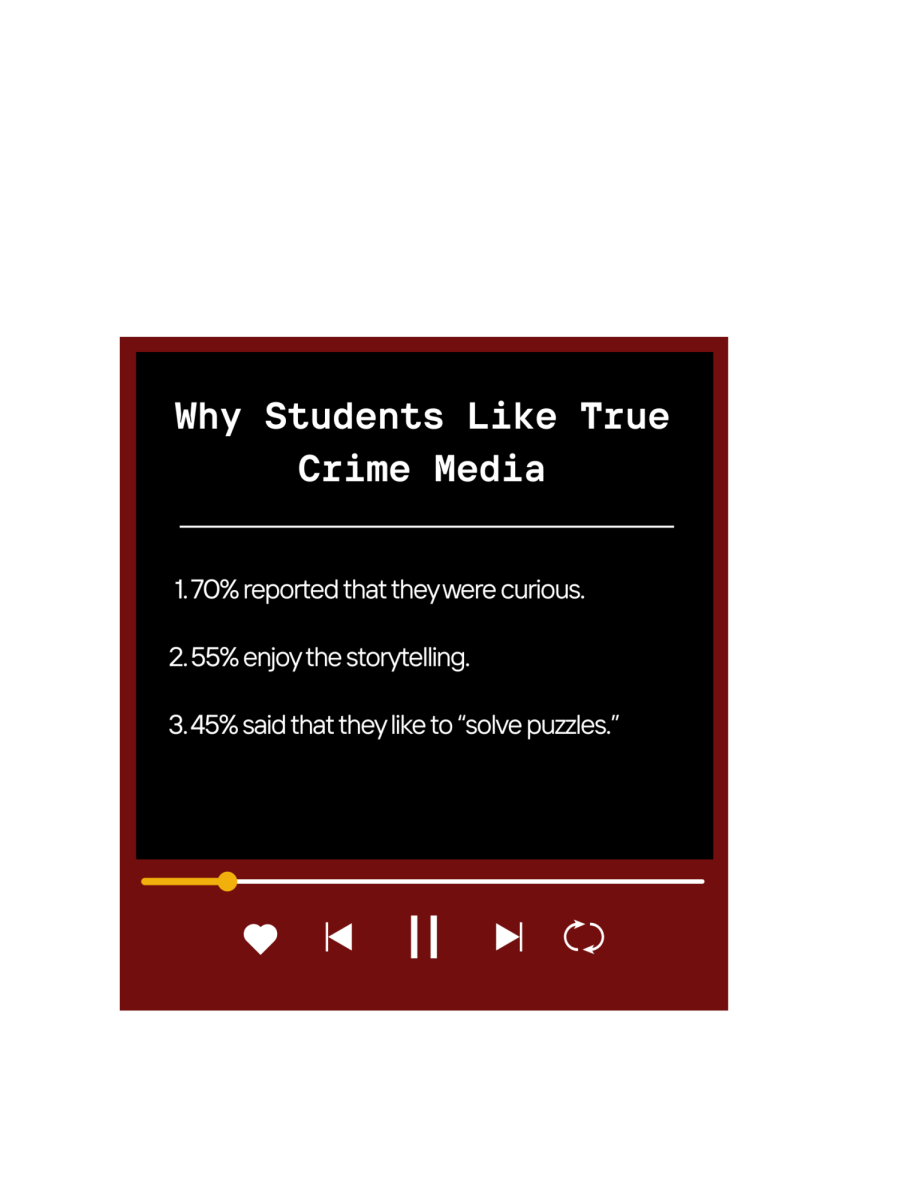
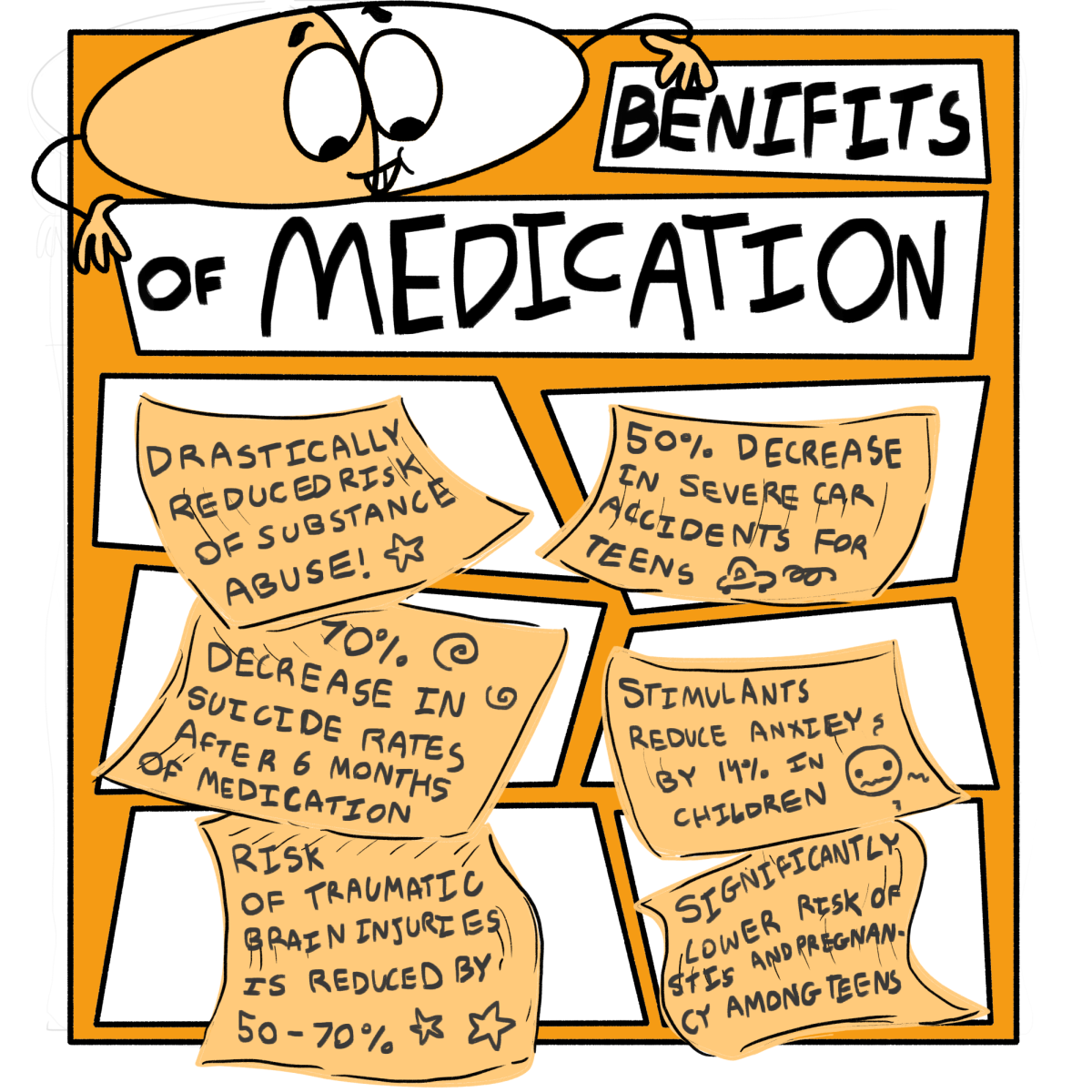


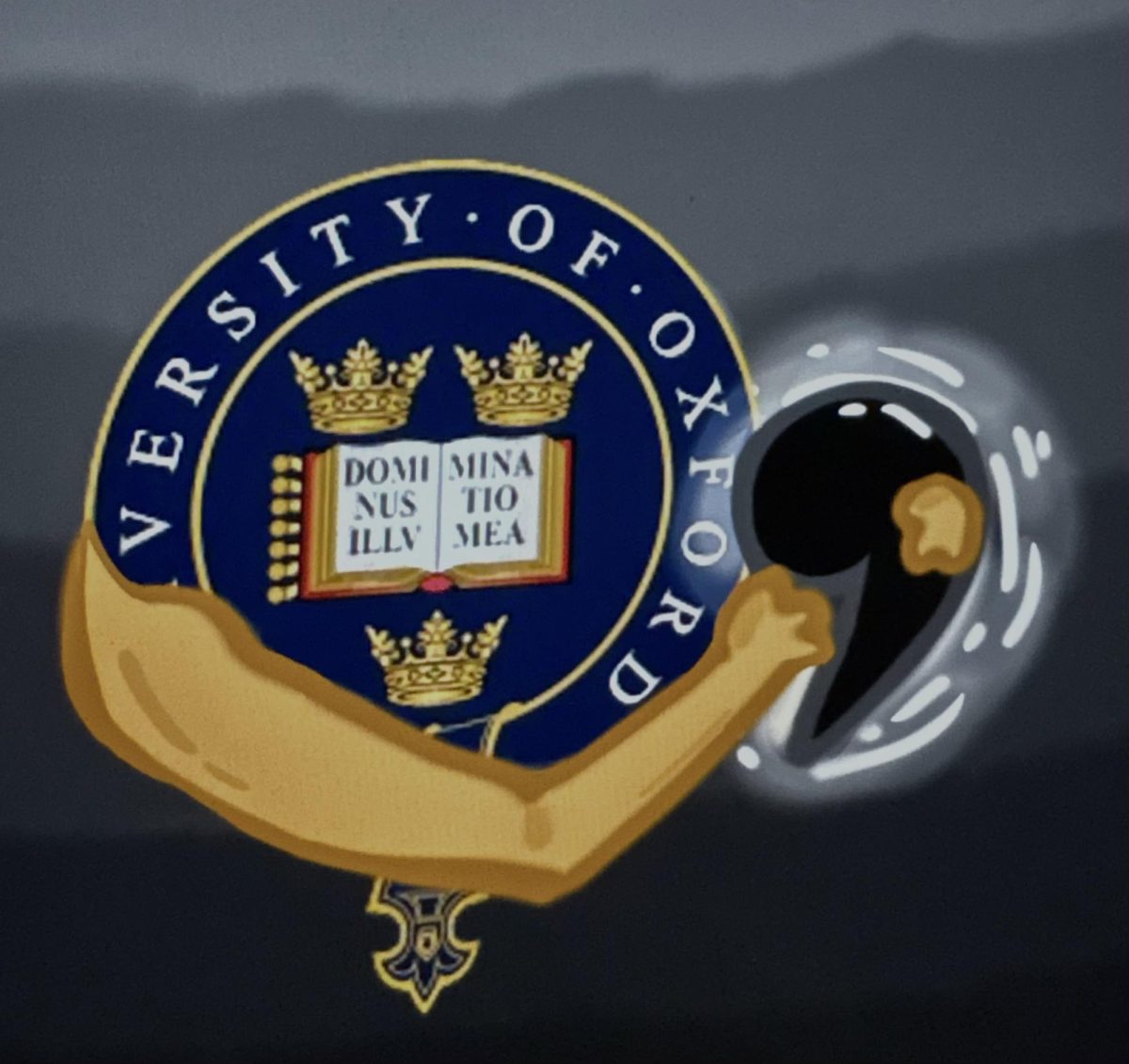


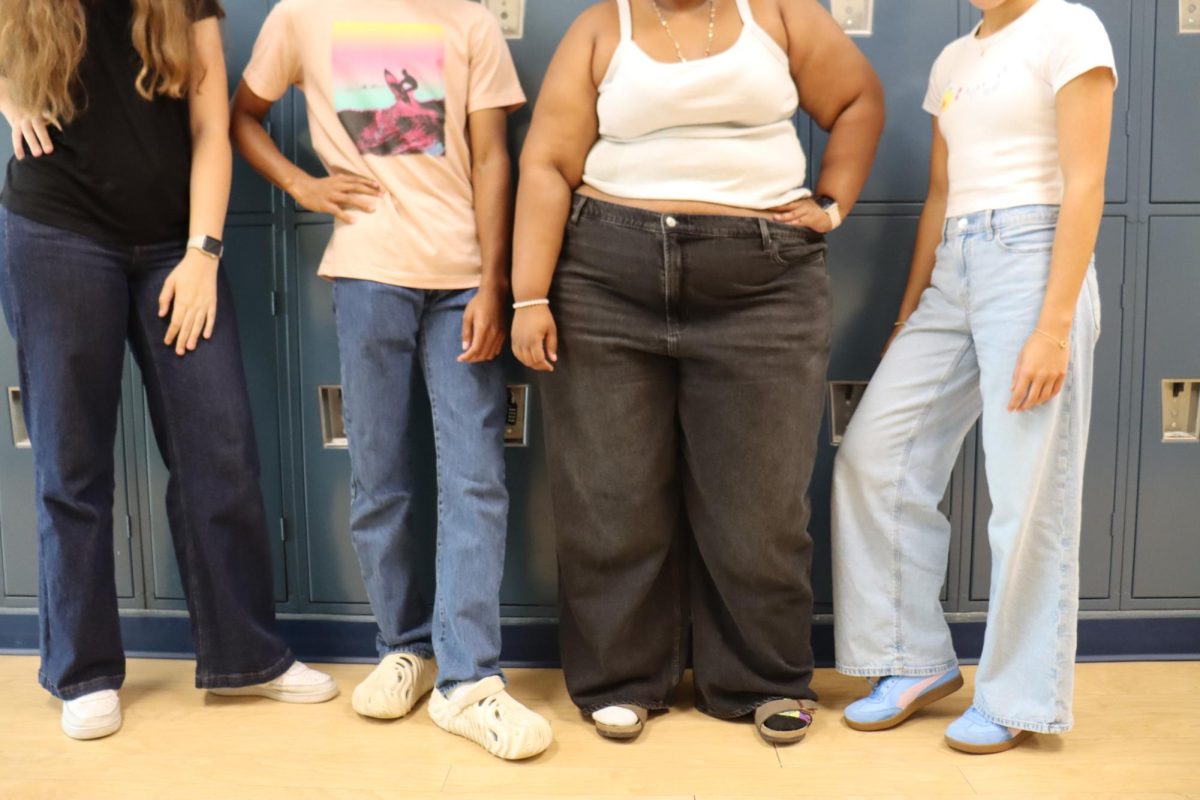
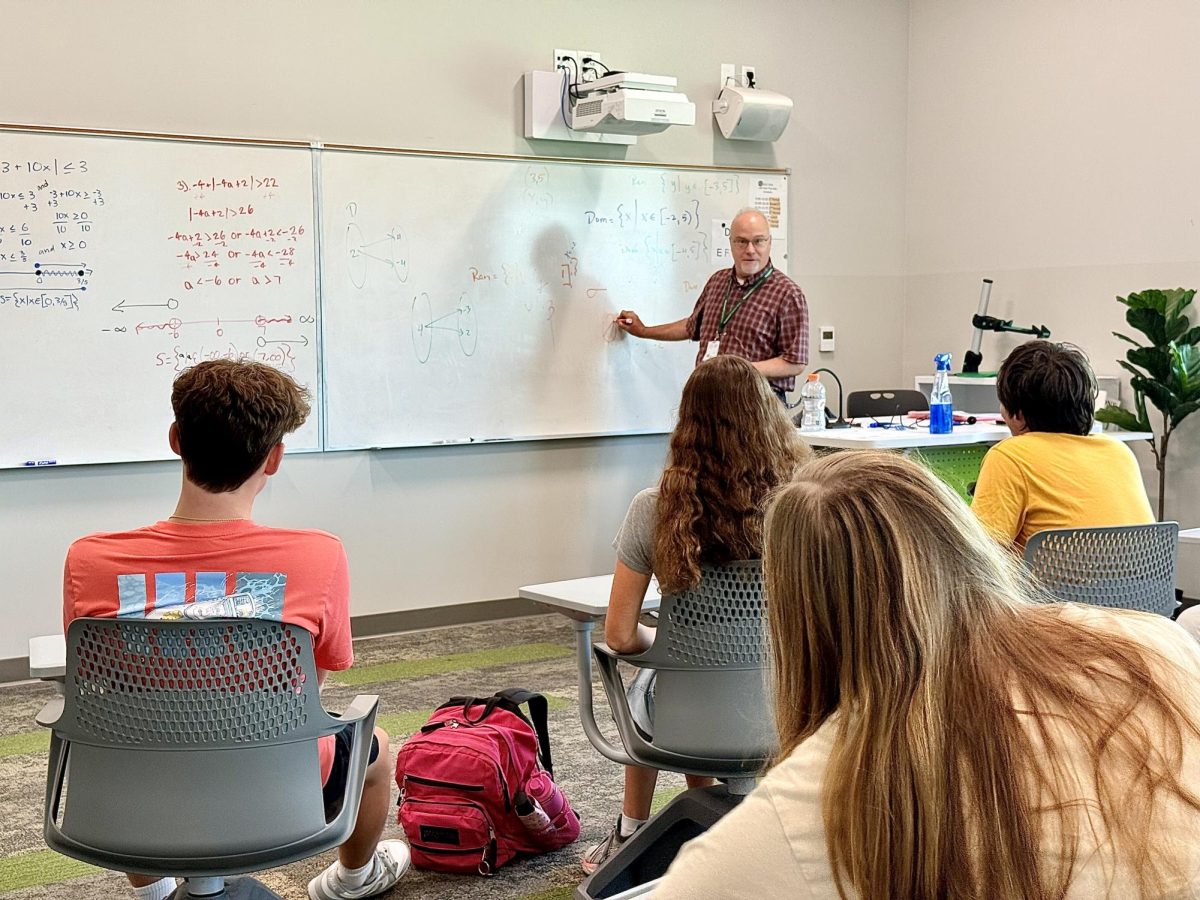

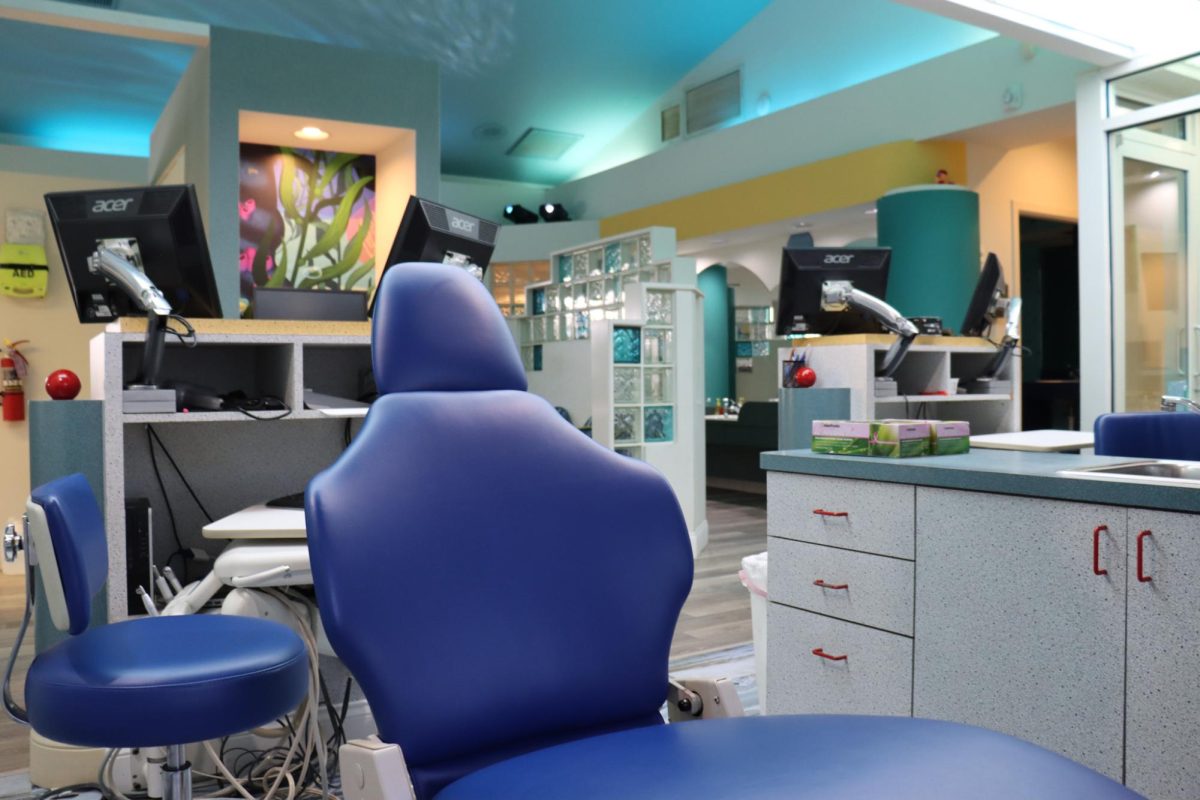
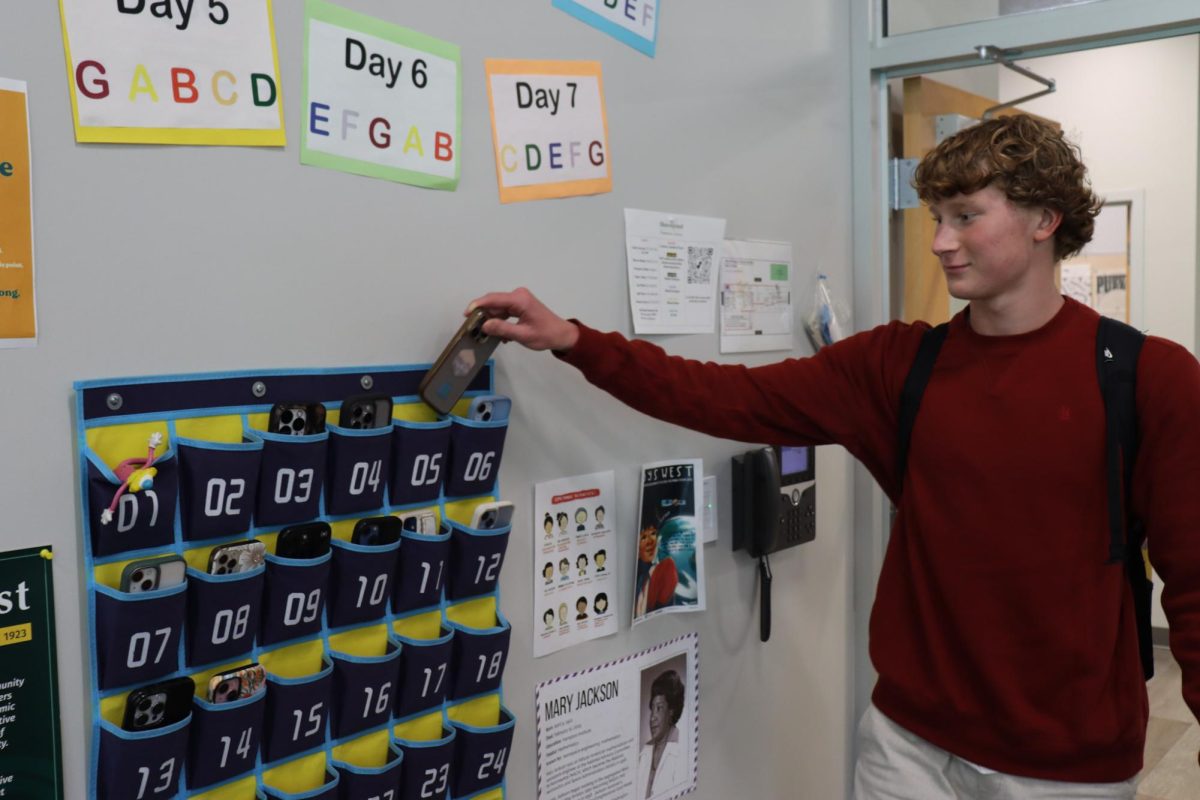
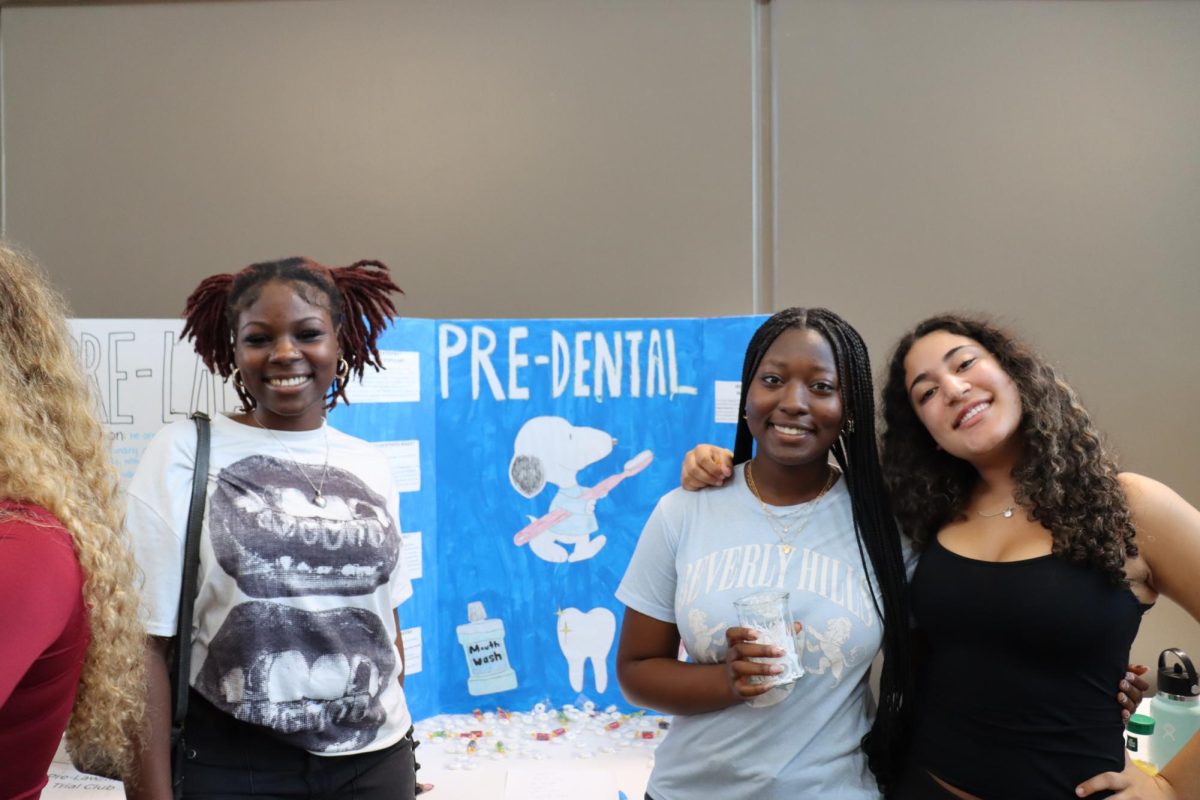

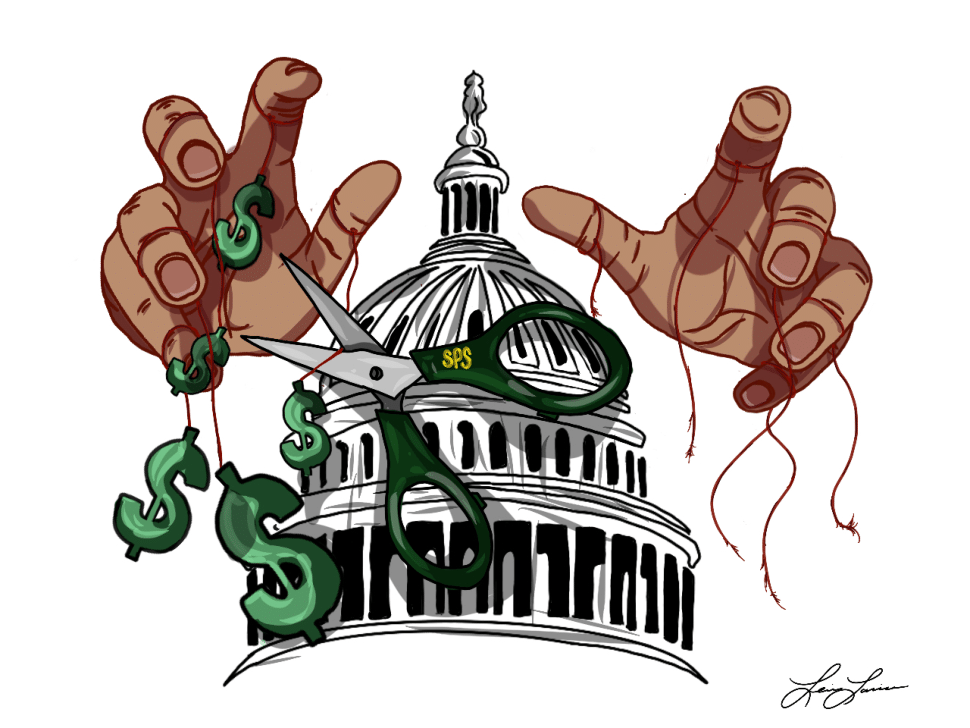
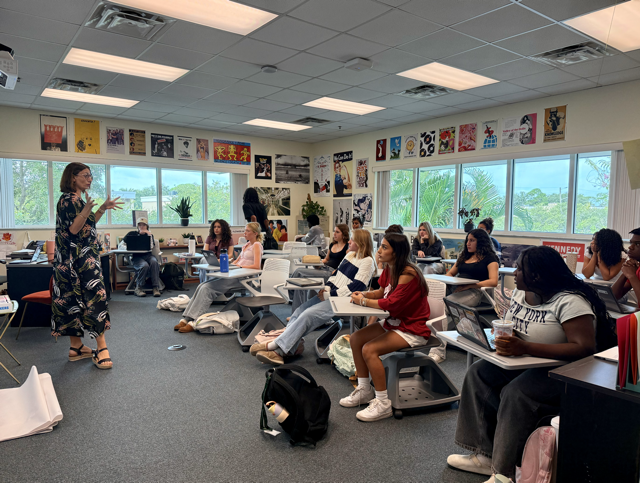
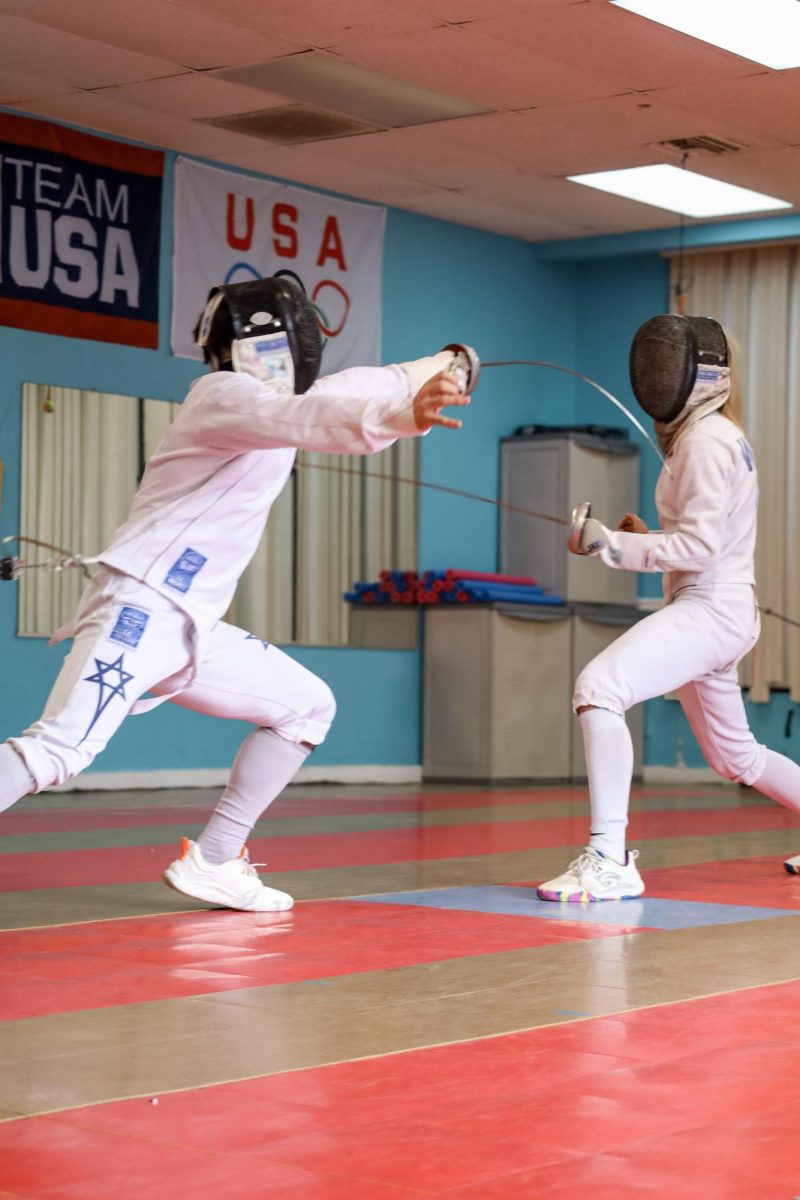
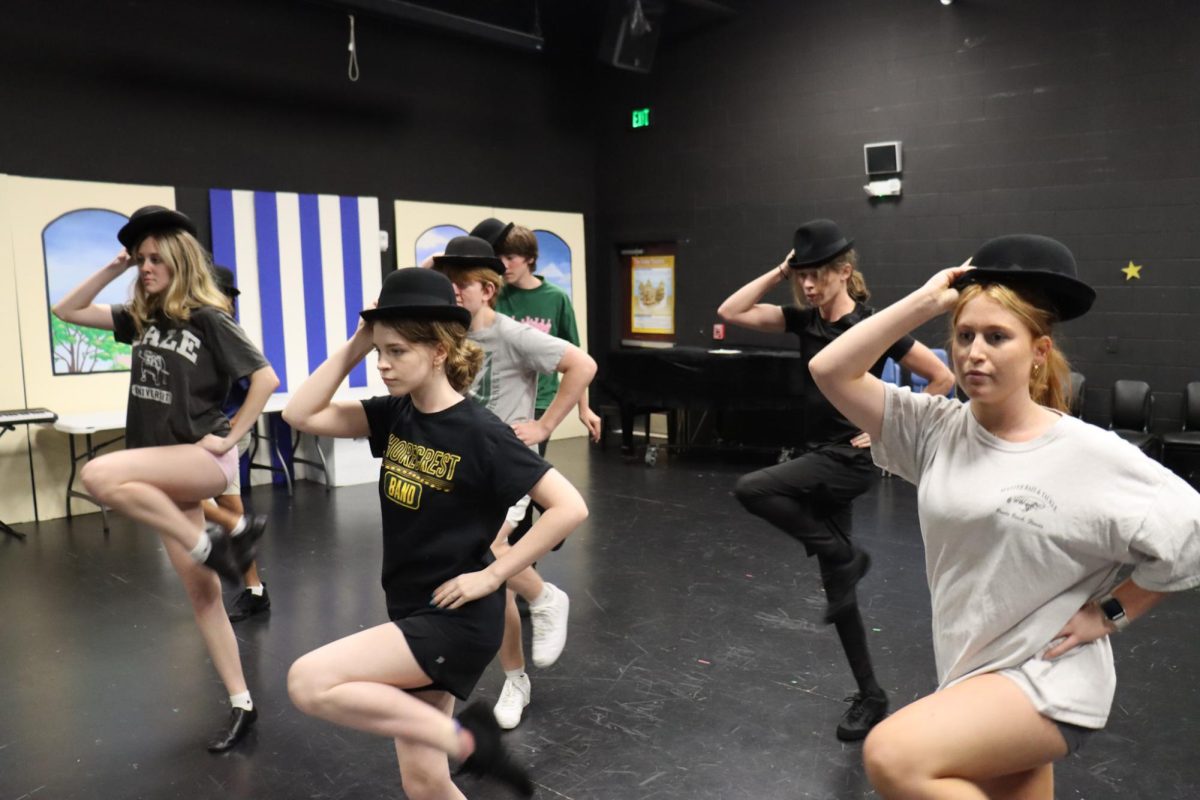
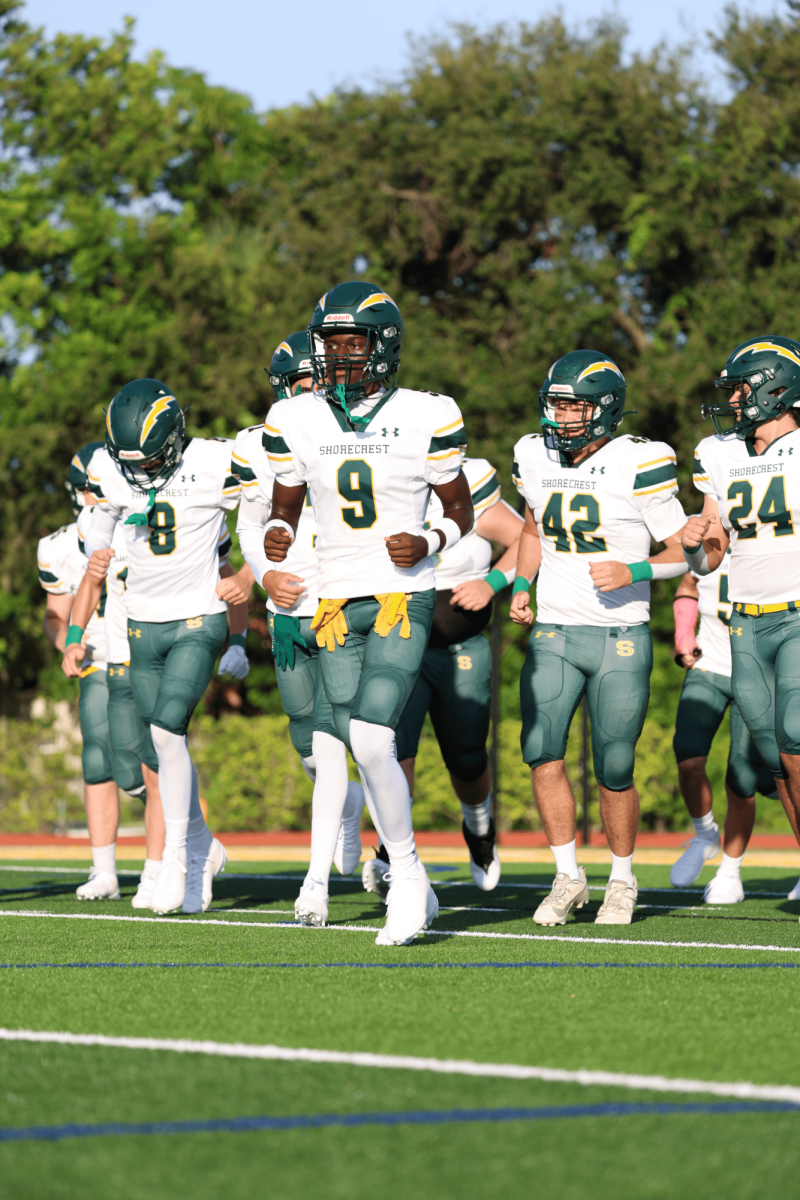

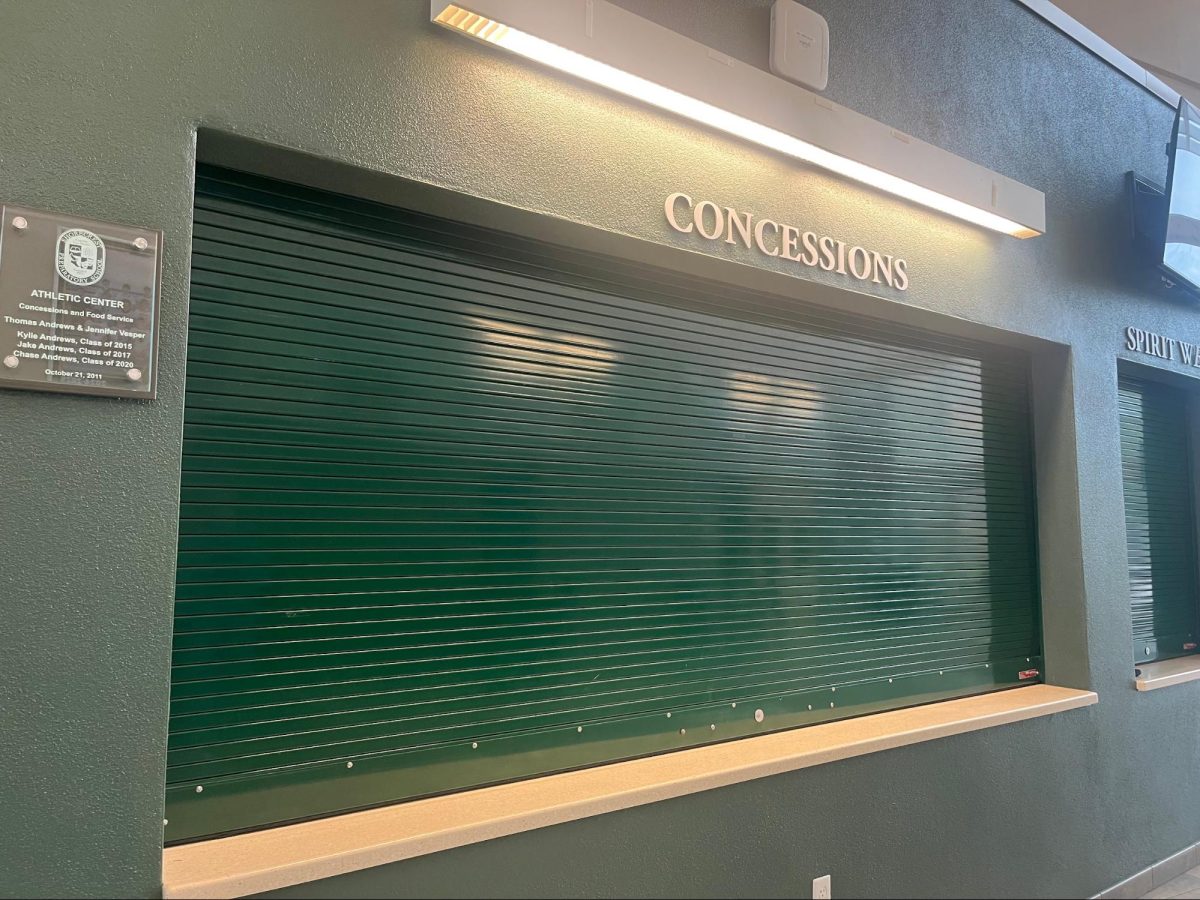






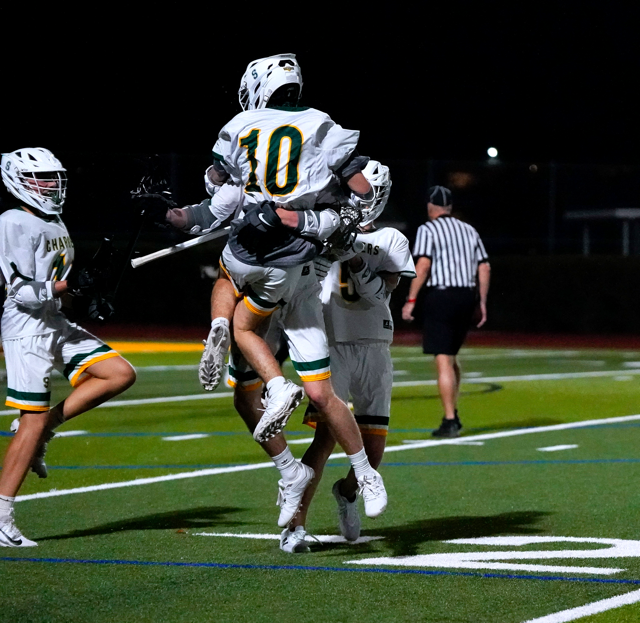

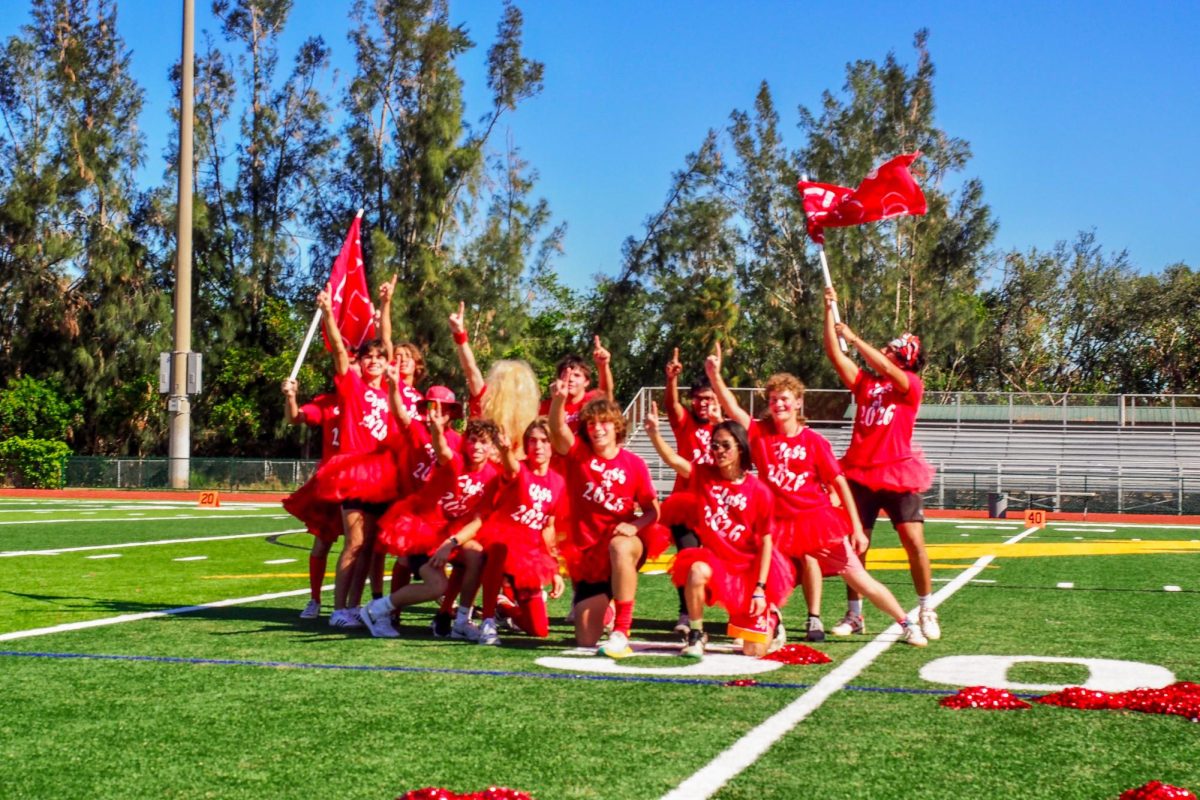
![Thespians pose on a staircase at the District IV Thespian Festival. [Front to back] Luca Baker, Maddison Cirino, Tanyiah Ellison, Alex Lewis, Summer Farkas, Jill Marcus, Ella Mathews, Sanjay Sinha, Isabella Jank, Sofia Lee, Boston Littlepage-Santana, Sally Keane, Tyler Biggar, Tanner Johnson, Jasper Hallock-Wishner, Remy de Paris, Alex Jank, Kaelie Dieter, and Daniel Cooper. Photo by Michael McCarthy.](https://spschronicle.org/wp-content/uploads/2024/12/image1-900x1200.jpg)
